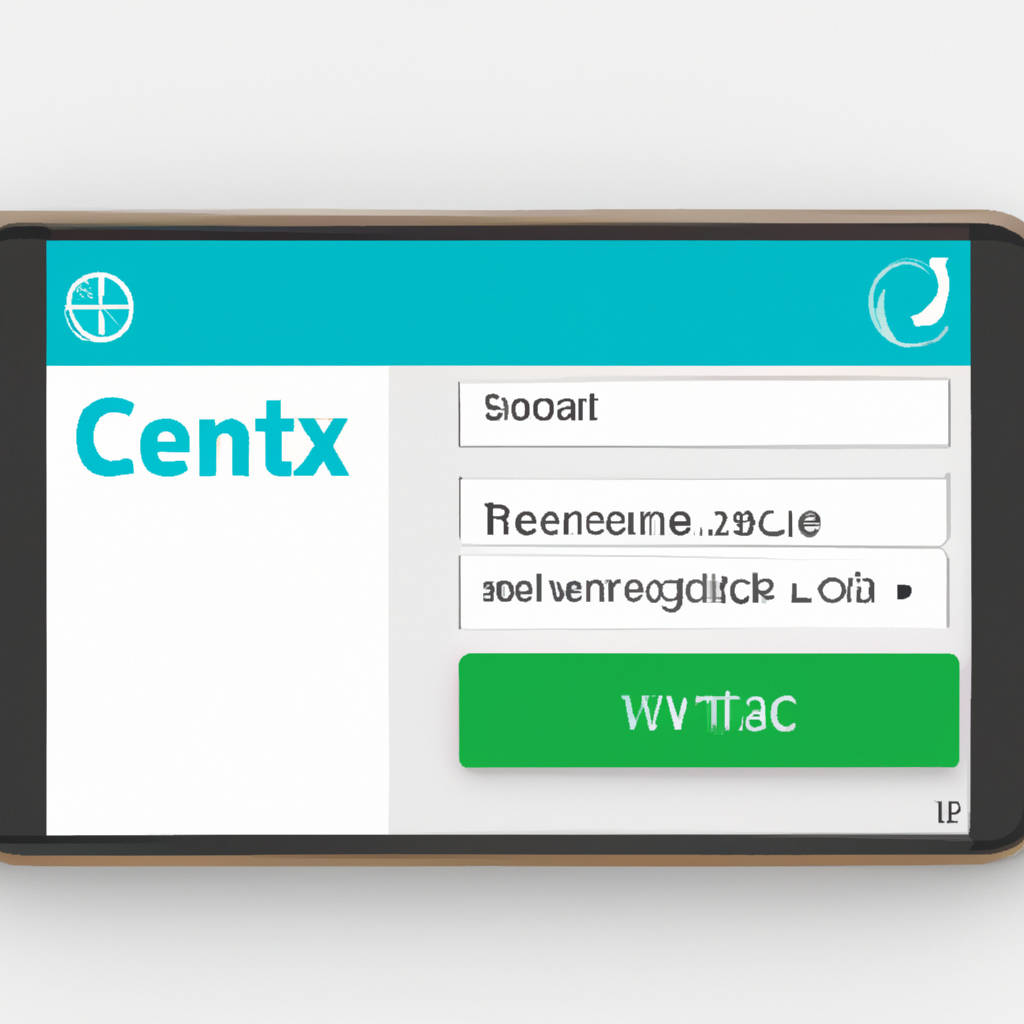Integrating a contact form in Next.js on Vercel is a relatively straightforward process that makes the user experience more seamless. This integration starts with the creation of a contact form in Next.js, which is a React-based framework with the ability to create server-side rendering and static web applications. In this form, you typically require fields such as name, email, and the message. Once the form is created, it needs to be integrated with a serverless function to handle the form submission. This function can be created in the API directory of a Next.js application. It is the function that handles the POST request from the form, processes the data, and sends an email or stores the information in a database.
Afterwards, the application can be deployed on Vercel, a deployment platform ideally suited for front-end applications and serverless functions. Vercel offers a great developer experience, with features like automatic SSL, a global CDN, and a simple deployment process. While deploying, it’s important to add environment variables for sensitive information like email credentials, which can be done in the Vercel dashboard.
In addition, integrating a contact form in Next.js on Vercel also involves some important considerations. For instance, form validation is crucial to ensure that the user provides all necessary information in the correct format. This can be done using various libraries or custom validation logic. Dealing with errors is another important aspect. The serverless function should return appropriate status codes and messages based on the success or failure of the operation.
Moreover, since the whole operation involves client-server communication, it’s important to consider security aspects. The form should be submitted over HTTPS to ensure data privacy. Also, server-side validation should be implemented to protect against malicious data.
In conclusion, integrating a contact form in Next.js on Vercel involves creating a form, setting up a serverless function to handle form submissions, deploying the application on Vercel, and then handling form validation, error handling, and security aspects. This integration results in a better user experience, making it easier for users to get in touch, and for site owners to receive and manage their queries efficiently.

Developing the Backend Workflow for Your Contact Form
Developing the backend workflow for your contact form is a crucial task that necessitates meticulous planning and execution. The objective is to enable seamless communication between the website visitor and the business. To start with, choosing a suitable backend technology such as PHP, Node.js or Django is essential. This decision is typically influenced by the complexity of the form, level of security required, and the developer’s proficiency in the language.
The next step is to design the database schema. Here, it is important to determine the information that should be stored. For instance, the user’s name, email, and message are basic fields that are usually required. In addition, you may need to store the date and time of the submission or the IP address of the user for analytical purposes.
Once the schema is in place, the backend code can be written to handle the form submissions. This code should validate the input data, store it in the database, and possibly send an email notification to the business. Validation ensures that the data is in the correct format and is free from malicious strings that could compromise the system.
The backend workflow also involves setting up server-side routing. This allows the website to receive form submissions at a specific URL and process them accordingly. Furthermore, in case of any errors during the submission process, the backend should be able to respond appropriately, either by retrying the process or by sending an error message to the user.
Lastly, testing is an integral part of developing the backend workflow. It involves checking the functionality of the form, the successful storage of data, and the accuracy of the system’s responses. This ensures that the contact form operates effectively and contributes to a positive user experience.
In conclusion, developing the backend workflow for your contact form involves choosing the right technology, designing the database schema, writing the code to handle submissions, setting up server-side routing, and conducting comprehensive testing.
Building the Contact Form Component
Building a Contact Form Component is a crucial task in web development, providing a bridge of communication between a website’s visitors and its owners. The creation process requires a keen understanding of various programming languages such as HTML, CSS, and JavaScript, as well as back-end technologies like PHP or Node.js to handle the form submissions.
Firstly, the structure of the form is created using HTML. This includes input fields for the user to enter their name, email, subject, and message. It’s essential to ensure all necessary fields are included and are labeled appropriately for usability.
Next, CSS is used for styling the form to match the overall aesthetic of the website. This could involve adjusting the color scheme, fonts, button styles, and layout of the form. The goal is to make the form visually appealing and easy to use, encouraging visitors to engage with it.
JavaScript comes into the picture by adding interactivity and form validation. This ensures that the data entered by users is in the correct format before it’s sent off to the server, helping to prevent any errors or issues with the form submission.
Lastly, back-end technologies are used to process the form data once it’s submitted. For example, PHP or Node.js can be used to send an email with the form data to the website owner. This involves setting up a server-side script to handle the form’s POST request and send an email with the user’s message.
In conclusion, building a Contact Form Component is a multi-step process that involves various web development technologies. It’s a critical component for any website, enabling visitors to easily get in touch with the website owners, thus fostering better communication and engagement.

Subscribe for More Content Like This
If you find yourself enjoying the content you are consuming, whether it’s engaging blog posts, informative videos, or intriguing podcasts, subscribing is a remarkable way to ensure you never miss out on similar content. By subscribing, you not only express your appreciation for the creator’s efforts but also get an opportunity to stay up-to-date with their latest releases. It’s like having a personal notification system that alerts you whenever fresh content that suits your interests is available. Subscribing is typically easy and free, requiring just a few clicks or taps. It’s a small step for you, but it significantly helps creators by increasing their visibility and reach. It motivates them to keep producing high-quality content tailored to your taste. Therefore, if you’re an avid consumer of digital content and find a creator whose work you appreciate, don’t hesitate to hit the subscribe button. Your subscription can make a difference in ensuring that they continue to produce more of the content you love. Plus, it guarantees that you’ll always be the first to know when new content is released. So why wait? Subscribe and join the community of like-minded individuals who appreciate and support quality content. It’s a win-win situation for both you and the content creator. Don’t delay – Subscribe today!
Mitigating Churn with Stripe and ChatGPT
Mitigating customer churn is a critical aspect of managing any business, and with the help of Stripe and ChatGPT, it can be handled more efficiently. Stripe, a well-known payment processing platform, offers crucial insights into customers’ transaction patterns and behaviors. It allows businesses to identify trends, irregularities, and potential causes of churn. On the other hand, ChatGPT, an advanced language processing model developed by OpenAI, can be utilized to improve customer communication. By integrating ChatG goodPT into customer service, businesses can provide instant, personalized responses to customer inquiries, thereby enhancing overall customer experience and satisfaction. Furthermore, ChatGPT can be trained to proactively engage with customers, addressing their concerns before they escalate, thus reducing potential churn. Combining the data-driven insights from Stripe with the conversational intelligence of ChatGPT creates a robust, proactive approach to managing and reducing customer churn. This combination enables businesses not only to react to churn, but also to anticipate and address it, making customer retention more effective and efficient.

Implementing Your Own OAuth Clients
Implementing your own OAuth clients can be a challenging yet rewarding task. OAuth, an open standard for access delegation, is commonly used as a way for internet users to grant websites or applications access to their information on other websites without giving them the passwords. It is widely used by large companies such as Google, Facebook, and Microsoft, among others. The first step in implementing OAuth clients is understanding the protocol and its workflow. Developers need to become familiar with the OAuth 2.0 framework, which is the most recent version and is used by most API providers. This framework simplifies the process of authorizing clients and maintaining secure connections between them.
In implementing OAuth clients, developers must create unique client IDs and secrets for their applications. These are used to authenticate the client and ensure that the information exchange is secure. The OAuth process involves a series of exchanges between the client, the user, and the server. The client initiates the process by requesting access from the server. The server then sends a request to the user for permission to share their information. If the user grants permission, the server will provide an authorization code, which the client can exchange for an access token. This access token allows the client to access the user’s information.
When implementing OAuth clients, it is essential to consider security measures. Access tokens must be kept secure as they provide access to user data. The use of HTTPS is recommended for all communication between the client and the server to prevent interception of these tokens. Additionally, client IDs and secrets must be kept confidential to prevent unauthorized access.
In conclusion, implementing your own OAuth clients requires a solid understanding of the OAuth framework, careful management of client IDs, secrets, and access tokens, and a strong focus on security. It is a task that demands careful attention to detail but can provide a robust and secure system for managing user permissions and access.
Creating an Out-of-Office Reminder System
Creating an Out-of-Office Reminder System is an essential task that significantly enhances productivity, promotes effective communication, and ensures seamless workflow within an organization. This system enables employees to notify their colleagues, clients, or partners about their absence, hence preventing any potential confusion or miscommunication. The reminder system can be set up in various ways, including email auto-responders, shared calendars, or specialized software solutions.
The first step in creating this system is to define the objectives and needs of the organization. This will determine the most suitable method to implement the reminder system. For instance, if a company primarily communicates via email, an automatic email response is a suitable method. However, if the organization utilizes a shared calendar system, then marking the days of absence on the calendar could prove to be more effective.
The next step is to design the actual reminder. It should contain clear and concise information about the duration of the absence, alternative contact person if necessary, and any other relevant details. The tone and language used should be professional and in line with the company’s communication guidelines.
In addition to setting up the reminder, it’s crucial to inform team members about the system. They should be aware of how it works, what to expect when someone is out of office, and how to navigate any potential issues that may arise. Training sessions, guides, or tutorials can be beneficial in this regard.
Finally, it’s important to regularly review and update the system. This ensures it continues to meet the needs of the organization as it grows and evolves. By implementing a robust Out-of-Office Reminder System, organizations can maintain a smooth flow of operations and effective communication, even when key personnel are not present.
